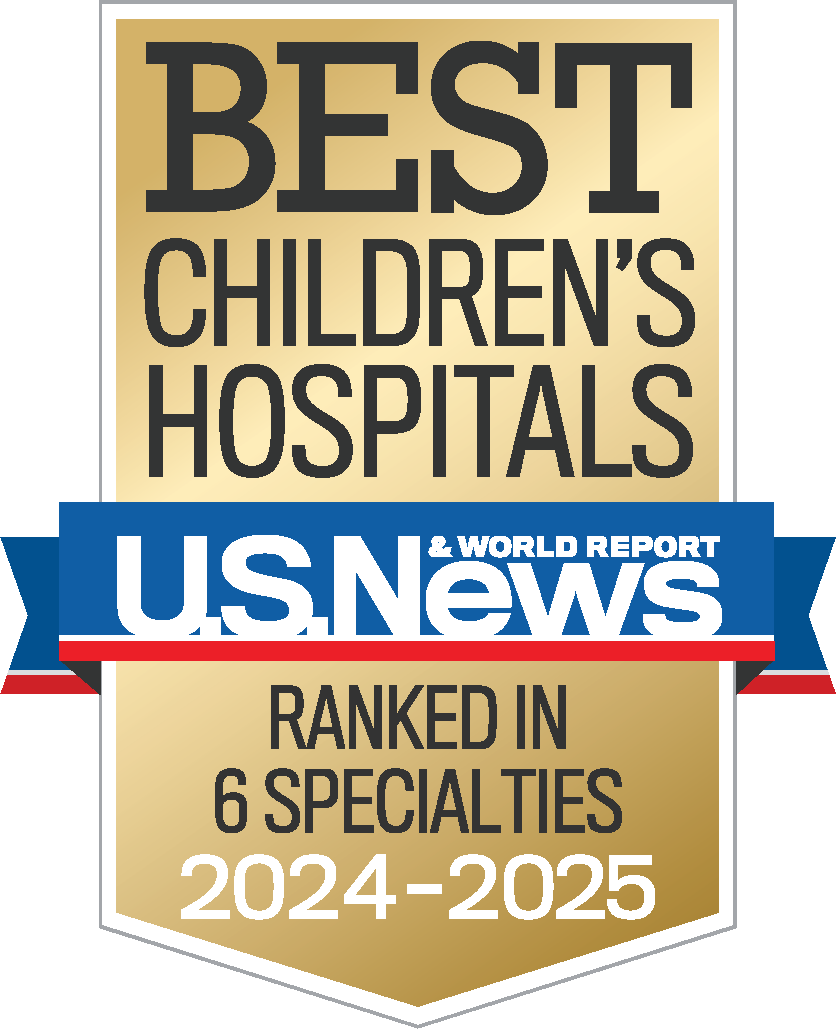Sick Day Guidelines for Insulin Pumps
These guidelines will help in preventing DKA (diabetes ketoacidosis)
- Blood Sugars usually are high during illness, and ketones are usually present. Ketones can be present even if the blood sugar is not high.
- NEVER stop taking basal insulin, even if you cannot eat. This is very important because a person needs more insulin on sick days or when ketones are present. Certain hormones released when you child is sick can make it more difficult for insulin to lower his or her blood sugar. Do not take off the insulin pump, unless you take long and short acting insulin by shots. Call the insulin pump office for doses as soon as possible.
Please follow these sick day guidelines when your child is ill:
1. Check blood sugar and urine ketones:
- Anytime you feel sick
- Check every 2-4 hours, for 24 hours a day until blood sugar is normal and ketones ar negative.
2. If your child's blood sugar is over 300 mg/dl with moderate to large ketones, or without a stomach ache:
-
- Make sure the insulin has not expired, or if unsure open a new bottle of insulin.
- Change the infusion site and set/pod. While disconnected, enter your child's current blood sugar to calculate a correction dose. Give this amount with a syringe, round up/down to the nearest half or whole unit.
- While still disconnected, push the button on your pump and deliver the insulin from the pump into the garbage can. This will activate your insulin on board/active insulin time feature.
**** Omnipod Users ****
The disconnect to activate insulin on board/active insulin does not work with Omnipid.
- calculate the correct amount of insulin
- give insulin by syringe injection
- change pod
- do not give another correction bolus for 3 hours
- Drink 16-24 ounces sugar free/caffeine free liquids every hour.
- After two hours check blood sugar and ketones, if moderate to large ketones are present and blood sugar is greater than 240 mg/dl DOUBLE the basal rate for 3 hours.
- Check blood sugar every hour during the time of doubled basal rate. At the end of three hours, if blood sugar is not coming down or if ketones are not clearing call and ask to speak to the diabetes doctor on call. If you have not recieved a call back within 15 minutes call again and say: "This is a diabetes emergency! I need to speak to the Diabetes Doctor on call."
3. If nauseated or vomiting or no appetite, and CAN NOT EAT:
- Take carbohydrates in as liquids for the next 24 to 48 hours
- If blood sugar is above 150 mg/dl:
- Drink fluids that do not have carbohydrates - such as: broth, diet sodas, diet drinks, diet gelatin, or tea (unsweetened or sweetened with sugar substitute).
- If blood sugar is less than 150 mg/dl:
- Drink fluids that contain carbohydrates - such as: juice, regular sodas, non-diet gelatin, sherbet, fruit ices, or milk.
- If blood sugar is less than 110 mg/dl:
- Decrease basal rate by 50% for 3 hours.
- Check blood sugar every hour
- Resume usual basal rate when blood sugar is over 200 mg/dl
- If blood sugar is above 150 mg/dl:
4. Call your Diabetes Doctor:
- If after 3 hours of doubled basal rate your child still has large ketones and blood sugars remain 240 mg/dl or higher, please call and say: "My child has high blood sugars with moderate to large ketones."
- If you have not recieved a call back in 15 minutes please call again and say: "This is a diabetes emergency! I need to speak to the Diabetes Doctor on-call."
Diabetes Center Phone Numbers
During Business Hours of 8:30 am to 4:00 pm (Monday through Friday)
Phone Number:
205-638-9107 - press option 0 for receptionist
205-638-9546 - office at Park Place
After Business Hours: Urgent or Emergency Situations
Pnone Number:
205-638-9100 - operator at hospital
* Ask for the Diabetes Doctor on Call
5. GO TO THE NEAREST EMERGENCY ROOM for:
-
Vomiting more than 2-3 times per hour
-
Continued large ketones after doubling basal rate for 3 hours
-
Difficult to arouse or unusually sleepy
-
Breathing hard





